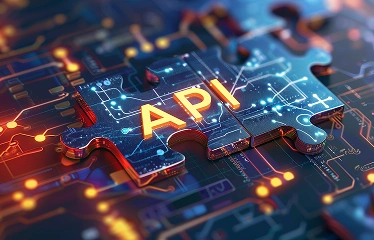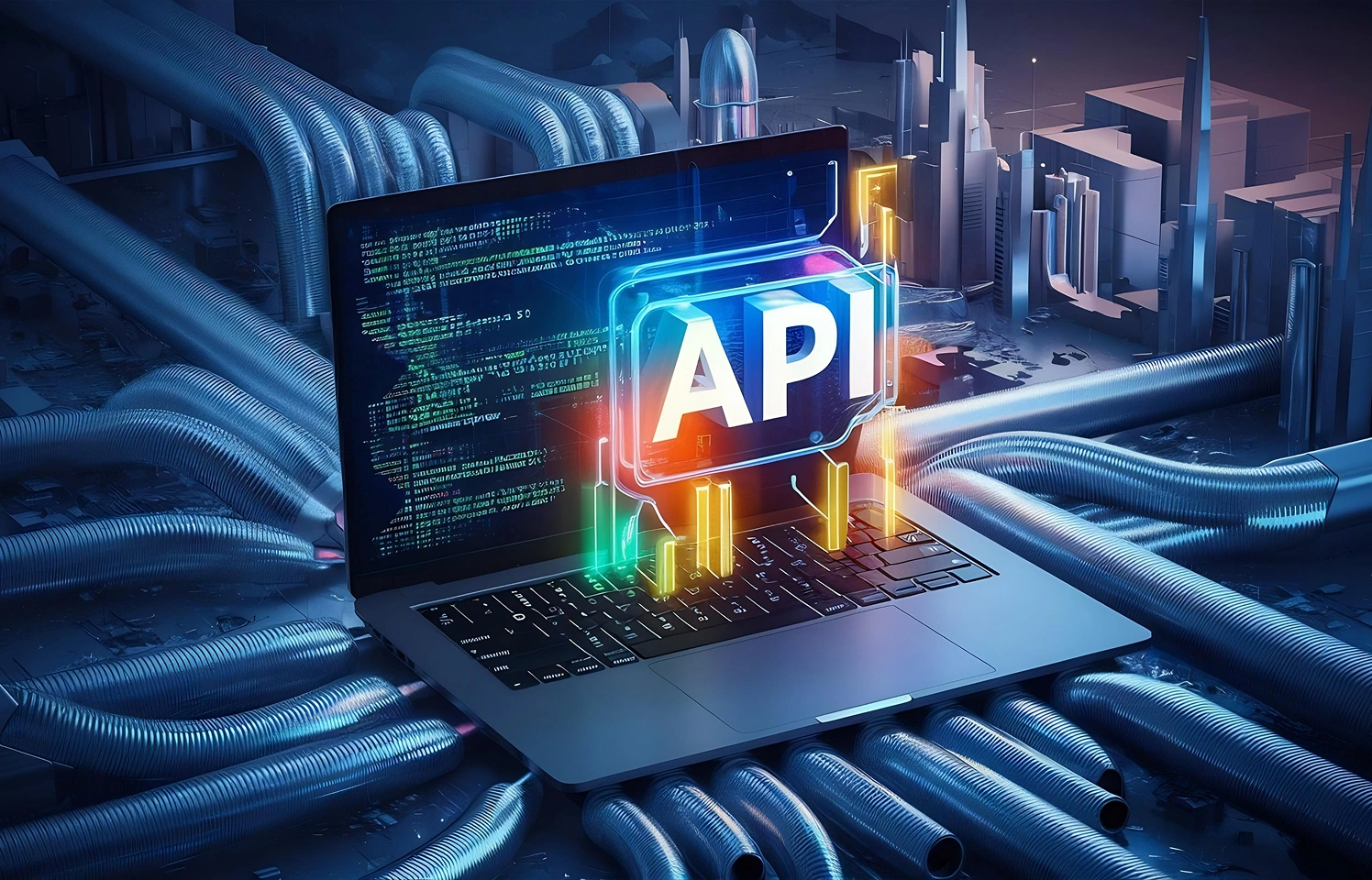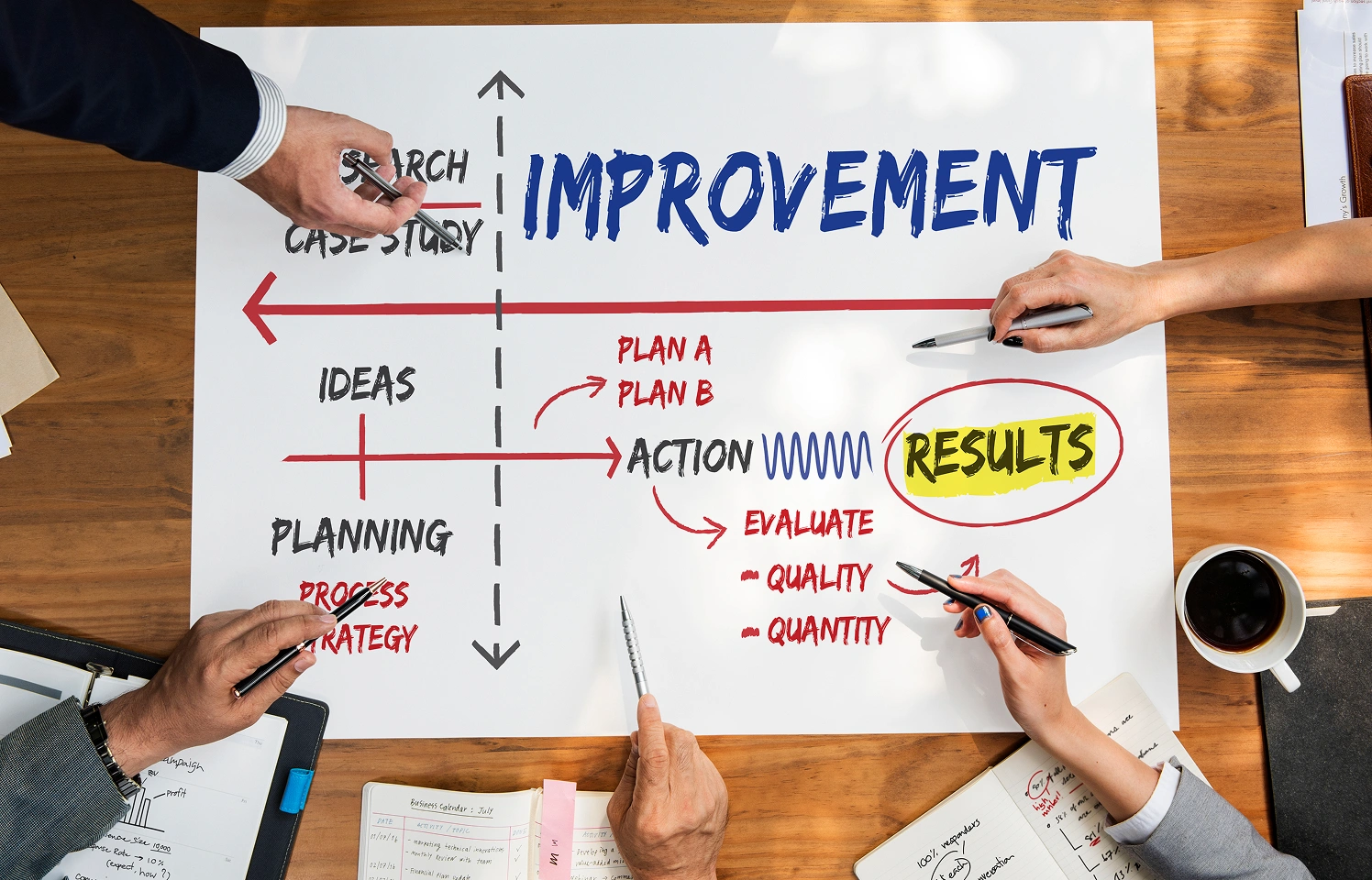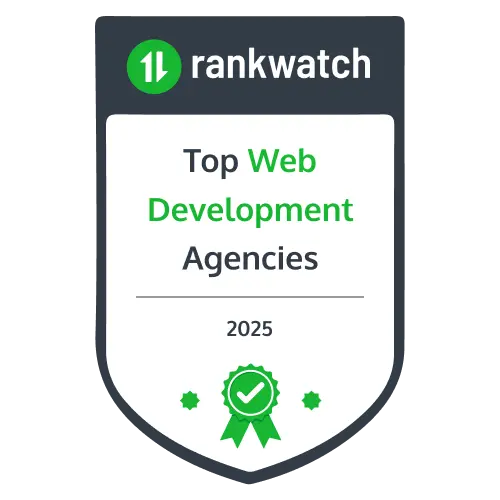By: Nilesh Jain
|
Published on: July 22, 2025
When the CFO walks into the quarterly review meeting and asks, “How does our QA spend tie back to revenue?” you better have more than bug reports in your hands.
Quality Assurance is often seen as a cost center. But for tech leads and product heads, you know it's far more than that. QA can accelerate time-to-market, protect the brand from PR disasters, and prevent six-figure post-launch reworks. The challenge lies in translating these outcomes into language your CFO understands: numbers.
In this blog, we’ll break down how to use QA metrics to build a solid business case, earn executive buy-in, and align your testing efforts with measurable business outcomes.
Why You Need to Speak Your CFO’s Language
Let’s be real, your CFO doesn’t care about test case coverage or the number of regressions caught. They care about:
-
Reducing operational costs
-
Improving time-to-market
-
Increasing customer satisfaction (and retention)
-
Avoiding post-release failures and rework costs
-
ROI per dollar spent
That’s why a data-driven QA strategy is no longer optional. You must show the business impact of QA using the right QA metrics dashboard for CFOs. When QA is presented with the right KPIs, it stops being a cost center and starts becoming a growth enabler.
Key QA Metrics to Measure ROI
To justify QA investment to your CFO, you need more than just vanity metrics. Focus on these software quality assurance ROI metrics that tie directly to business performance:
1. Defect Leakage Rate
This tells you how many bugs were found after release vs. during testing. A lower leakage rate means QA is catching issues early, saving future rework and support costs.
Why CFOs care: Post-release bugs cost more to fix and can harm customer trust.
2. Cost of Quality (CoQ)
Breaks down the total cost into: prevention, appraisal, and failure costs (both internal and external). A mature QA setup shifts investment toward prevention, which is more efficient.
Why CFOs care: Helps allocate budgets smartly, fixing problems earlier costs less.
3. Mean Time to Detect & Resolve (MTTD/MTTR)
How quickly is QA identifying and resolving issues?
Why CFOs care: Delays in detection impact project timelines and customer SLAs.
4. Automation ROI
Track how much time and manual effort your test automation saves, especially over multiple releases.
Why CFOs care: Every hour saved is money saved. Plus, it adds scalability.
5. Release Stability Index
Measures how stable a release is over its first week/month based on critical incidents.
Why CFOs care: Unstable releases increase support overhead and damage brand value.
How to Present QA ROI to Your CFO
Once you’ve gathered the right metrics, the next step is presenting QA ROI to stakeholders effectively. Here’s how:
→ Translate Technical Metrics into Financial Terms
Instead of “We automated 70% of test cases,” say “We reduced 160 man-hours in regression testing last quarter, saving approximately. AED 30,000.”
→ Show Before-After Comparisons
Show how defect leakage dropped after adopting a new QA framework. Use trends, not just snapshots.
→ Use Dashboards, Not PDFs
CFOs like clean visuals. Set up a simple, consistent QA metrics dashboard for CFOs using business-friendly tools like Power BI or Google Looker.
→ Tie QA to Product Goals
Example: “Due to early performance testing, we handled 30% more concurrent users during campaign season, translating into 15% more transactions.”
Case Study: Proving ROI with a Lean QA Setup
A UAE-based logistics SaaS company partnered with Vervali to overhaul its QA process. They were under pressure to scale rapidly and launch monthly features, without increasing bugs.
What we did:
-
Built a hybrid manual + automation QA model
-
Reduced regression testing time by 60%
-
Improved defect detection rate by 45%
-
Integrated a real-time QA dashboard for the executive team
Outcome:
Within 6 months, the company saved approximately. AED 180,000 in post-release bug fixes and reduced customer support calls by 40%. The CFO signed off on expanding the QA budget for the next fiscal year.
Calculate QA ROI for Business Case: A Simple Formula
You don’t need to overcomplicate it. Here’s a formula to estimate software testing ROI for executives:
QA ROI = (Cost Avoided from Defects + Value from Time Saved – Cost of QA Investment) / Cost of QA Investment × 100
For instance, if defect prevention saved AED 250,000 and the QA cost was AED 100,000:
→ (250,000 - 100,000) / 100,000 × 100 = 150% ROI
That’s the kind of figure that makes a CFO take notice.
Common Pushback from CFOs (And How to Handle It)
-
“Can’t we just rely on user feedback post-launch?”
→ That’s like launching with a blindfold. By the time users report bugs, your brand is already at risk.
-
“We already have devs writing unit tests.”
→ Unit tests catch individual issues. QA ensures the whole experience works from edge cases to real user journeys.
-
“We can’t track value from QA directly.”
→ With the right metrics, you absolutely can. Let’s talk.
Let QA Drive Business Confidence
At Vervali, we help tech leaders turn QA into a business advantage. Our tailored QA strategies don’t just catch bugs they help you ship faster, safer, and with confidence.
Talk to a QA Consultant Now
Conclusion
QA doesn’t just protect your software. It protects your business. But unless you connect QA outcomes to business value, your CFO will continue to view it as an overhead.Want a custom QA metrics dashboard built for your leadership team?
By using the right QA metrics to measure ROI, aligning them with business impact, and presenting them clearly, you can finally justify QA investment to your CFO and win that much-needed buy-in.
At Vervali, we work closely with companies across the UAE to build data-driven QA strategies that drive measurable impact. Let’s start a conversation.
Frequently Asked Questions (FAQs)
Defect leakage, CoQ, automation ROI, and release stability index are key.
Use: (Cost saved + time saved – investment) / investment × 100
Use dashboards, business-friendly visuals, and translate technical data into financial terms.
Yes. It prevents rework, reduces post-release bugs, and avoids brand damage.
It saves time across releases, reduces manual errors, and scales faster.
Defect trends, test coverage, cycle times, CoQ, and ROI charts.
We offer custom QA strategies, automation frameworks, and executive dashboards.
Improvements start showing in 2–3 release cycles, depending on the scope.
Yes. For usability, edge cases, and areas not suitable for automation.
Higher support costs, lost customers, delayed launches, and reputational damage.


























































































